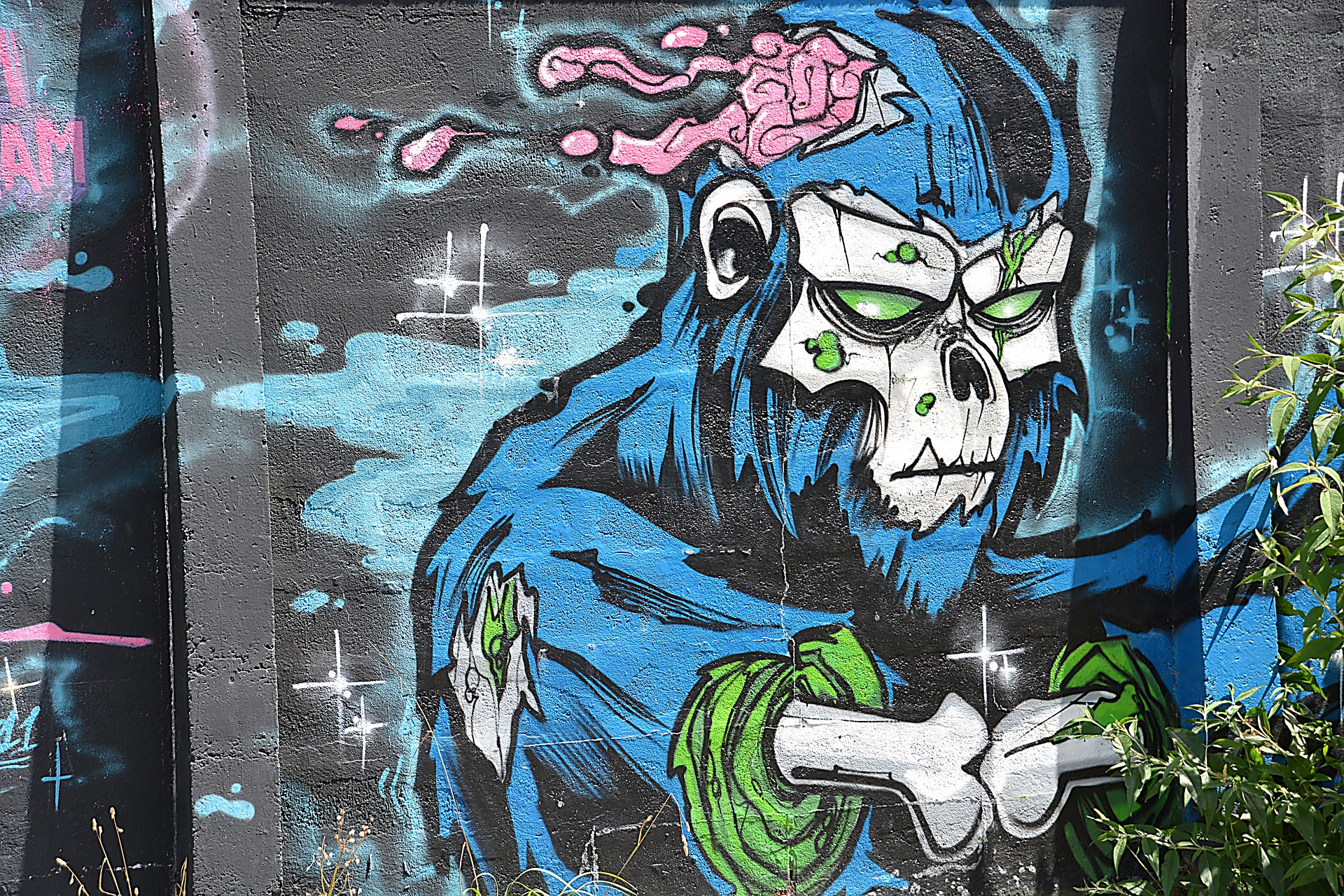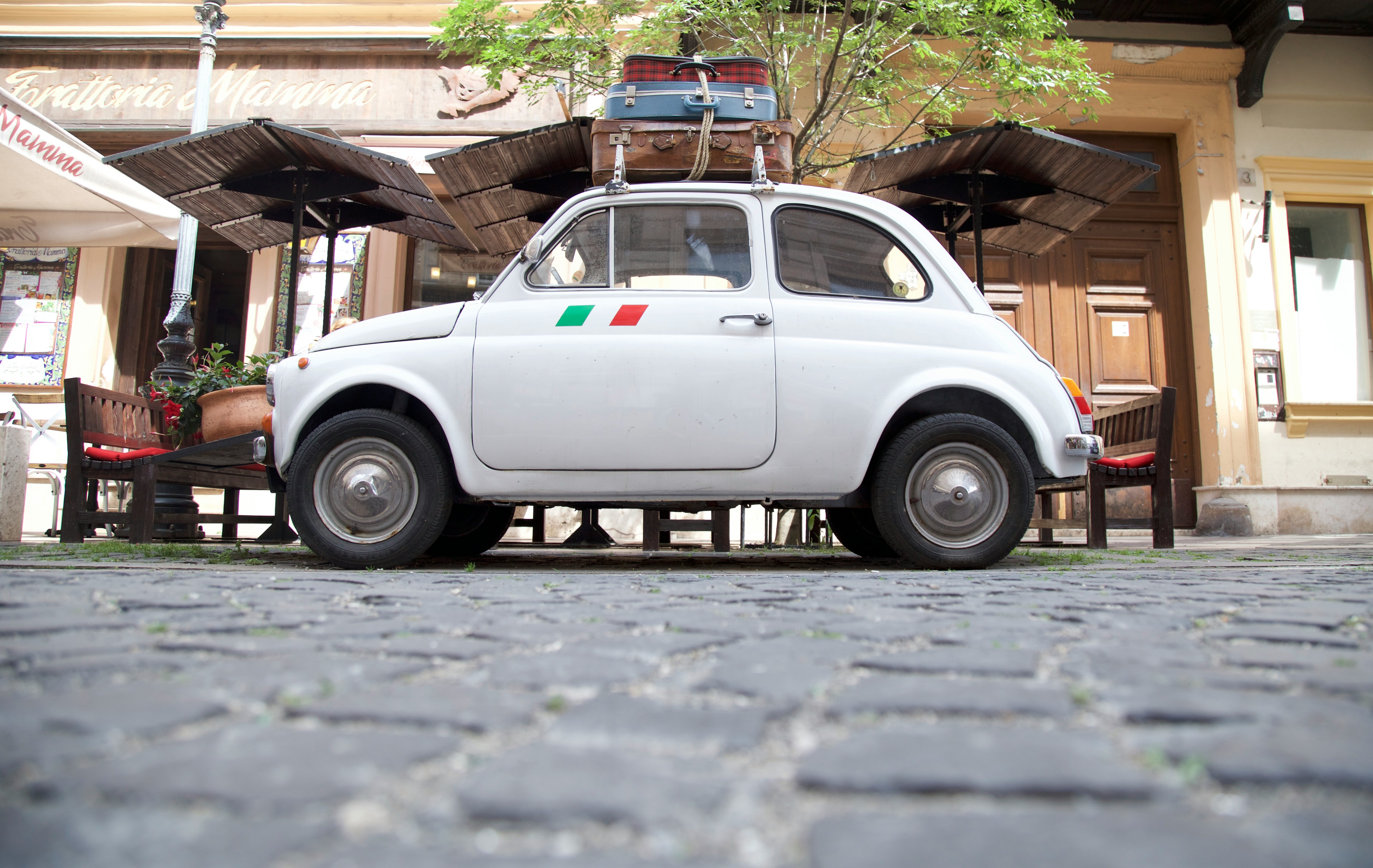A Modern Renaissance: The Rebirth of Classical Music in Pop Culture
In an era dominated by electronic beats and auto-tuned vocals, a surprising trend is emerging: the resurgence of classical music within pop culture. This shift in musical appreciation is not only reshaping the contemporary music industry but also sparking a renewed interest in long-forgotten musical masterpieces.

A Historical Review
Classical music has always served as the backbone of our musical heritage. From the melodic symphonies of Mozart and Beethoven to the romantic ballads of Chopin and Tchaikovsky, these compositions have shaped the musical landscape for centuries. However, with the advent of the 20th century and the rise of new music genres—pop, rock, jazz, and more—the popularity of classical music began to wane.
The Unexpected Comeback
Over the last few years, a gradual shift has been observed in the music industry. Classical elements are making a comeback, subtly interwoven into contemporary tracks. Pop artists like Billie Eilish and Lana Del Rey are incorporating orchestral arrangements into their music, while rapper Kendrick Lamar’s Pulitzer Prize-winning album, “DAMN.”, features samples from Beethoven’s “Fur Elise.” This unexpected fusion is creating a fresh and exciting sound, introducing a new generation to the beauty of classical music.
The Impact and Significance
This trend is not just a fad—it’s a cultural shift that’s breathing new life into the classical genre. It’s giving young listeners a taste of a timeless art form that they might not have experienced otherwise. Moreover, it’s creating a platform for classically trained musicians in a modern music industry. It’s also bringing a renewed respect and appreciation for the craft, skill, and complexity involved in creating classical music.
A Glimpse into the Future
As the lines between classical and contemporary music continue to blur, the future of this trend remains promising. It’s not just about reviving old musical norms, but about creating a new musical language that transcends boundaries. It’s about giving voice to a genre which, despite its rich history and profound influence, has been pushed to the sidelines in recent years. In this modern renaissance of classical music, we’re witnessing a cultural shift that celebrates diversity, complexity, and the enduring power of musical expression.
In conclusion, the resurgence of classical music in pop culture is a testament to the cyclical nature of art and culture. It’s a reminder that no form of artistic expression is ever truly forgotten. Instead, it evolves, adapts, and finds new ways to resonate with each generation. This trend is not only reshaping the music industry but also redefining our understanding of what modern music can be.





